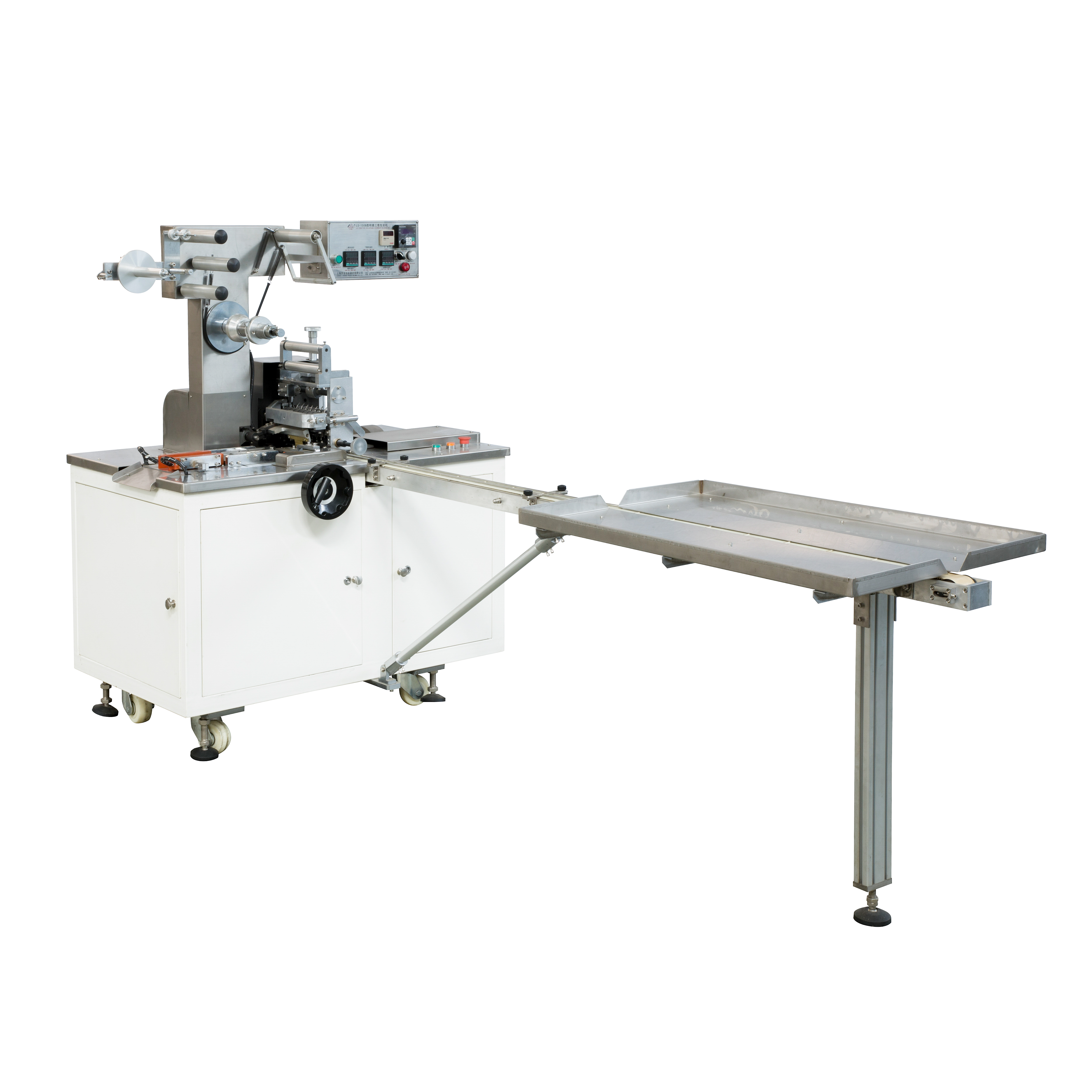- All
- Product Name
- Product Keyword
- Product Model
- Product Summary
- Product Description
- Multi Field Search
 English
English English
EnglishViews: 449 Author: Site Editor Publish Time: 2023-11-30 Origin: Site









When it comes to packaging products in today's market, overwrapper machines have become a popular choice among manufacturers due to their efficiency and speed. However, as with any piece of machinery, overwrappers can experience common problems that can impede their performance and ultimately affect the quality of the packaged product. In this article, we'll explore some of the most common problems that arise with overwrapper machines and provide preventative measures that can be taken to ensure optimal performance and minimize downtime. Whether you're new to using overwrapper machines or are an experienced operator, this guide will help you troubleshoot and prevent issues that could impact your production line. Let's dive in!
Overwrapper machines are widely used in the packaging industry to wrap products with a protective layer. However, these machines are not immune to problems, and there are common issues that users face when using them. One of the most common problems with overwrapper machines is the shredding of the wrapping film. This can occur due to various reasons, such as incorrect tension settings or worn-out parts. When the film shreds, it not only results in a waste of material but also affects the overall appearance and integrity of the wrapped product.
Another problem with overwrapper machines is the occurrence of wrinkles on the wrapping film. Wrinkles can be caused by several factors, including improper tension settings, misaligned rollers, or incorrect film thickness. When wrinkles form, they can compromise the quality of the packaging and may even cause damage to the product. Therefore, it is crucial to address the issue of wrinkles as soon as they arise.
Apart from these issues, overwrapper machines can also face problems with jamming and misalignment. Jams can occur due to the improper positioning of the product or the film, while misalignment can be caused by worn-out parts or incorrect settings. These problems can affect the efficiency and productivity of the machine and may result in costly downtime.
As a business owner, the last thing you want is to see your products damaged during transit or storage. That's why it's essential to take preventative measures to protect your goods. One effective way to do this is by using an overwrapper.
An overwrapper is a packaging machine that wraps a layer of plastic film around your products, creating a protective barrier against dust, moisture, and other environmental factors. This layer of protection can prevent scratches, dents, and other types of damage that can occur during handling and shipping.
Using an overwrapper can also help you save money in the long run. By preventing damage to your products, you'll avoid costly returns and replacements. Plus, the plastic film used in overwrapping is often less expensive than other types of packaging materials, such as cardboard boxes or bubble wrap.
To ensure you're getting the most out of your overwrapper, it's important to choose the right type of film. For example, if you're wrapping food products, you'll need to use a food-grade film that meets FDA regulations. Additionally, you'll want to make sure the film is compatible with your overwrapper and that you're using the correct thickness for your specific product.
In conclusion, overwrapper machines are crucial in the packaging industry, but they can face issues that impact their performance and output. It is important to identify and address these problems promptly to ensure the smooth functioning of the machine and quality of packaging. Preventative measures to protect products are essential for any business, and using an overwrapper can create a protective barrier that can prevent damage and save money in the long run. Choosing the right film and thickness is crucial for specific needs.